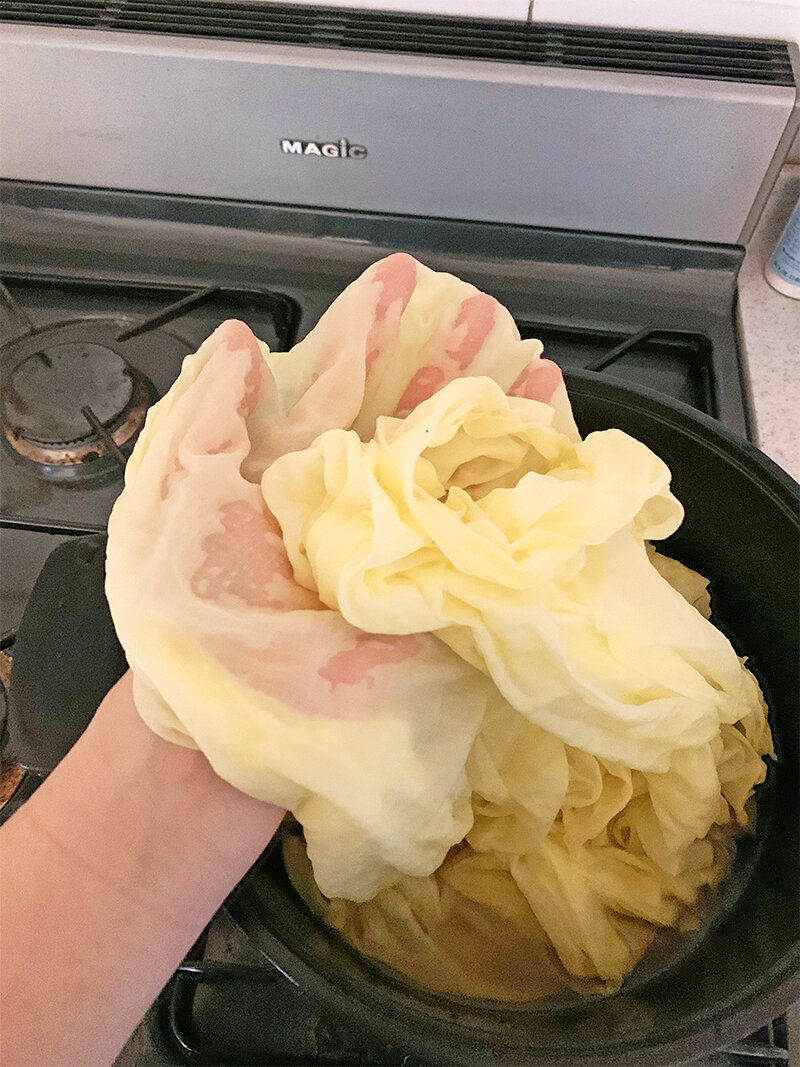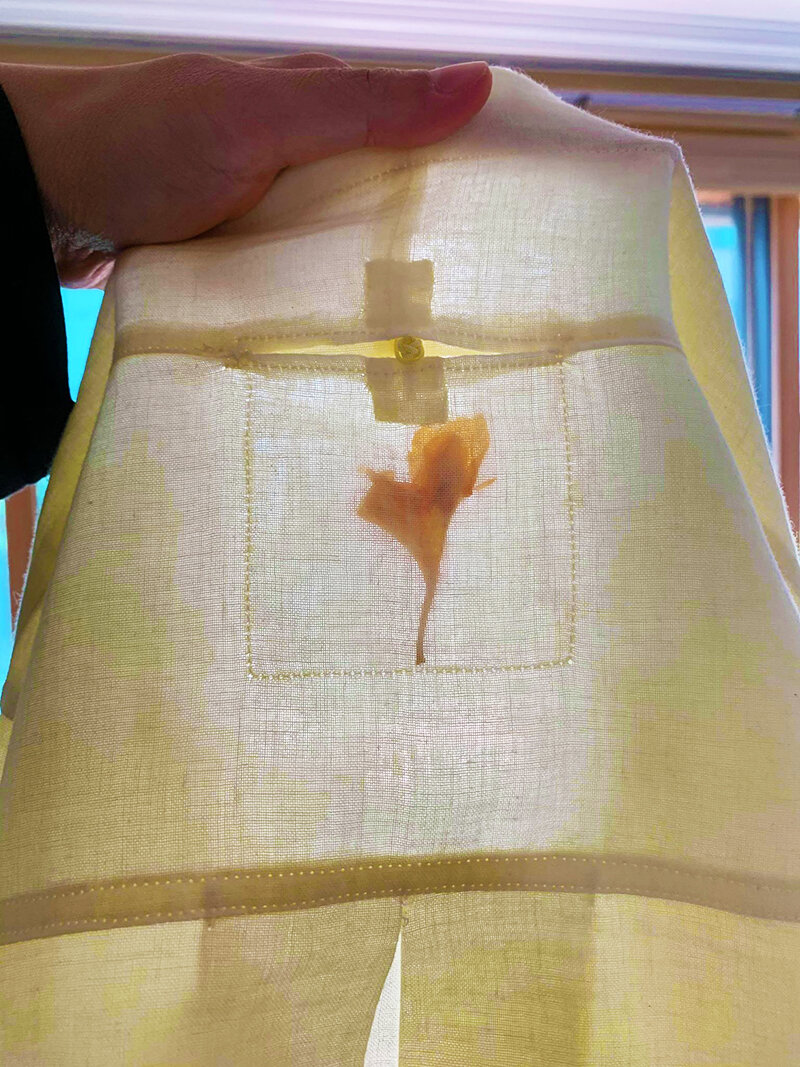|| K O R E A N A M E R I C A N A ||
I was awarded a 2019-2020 Fulbright Fellowship to South Korea for research on hanbok [한복], traditional Korean clothing. My three-part final project featured a 25-page cultural policy report for the Ministry of Foreign Affairs (MOFA), a digital platform that is the first of its kind to comprehensively educate an English-speaking audience on hanbok, and a collaborative piece with Korean-American friends expressing the traumas and triumphs of diaspora experience.
made lovingly with So Kom Grace Kim [김소금] and Yeahwon Kang [강예원]
Seoul, 2020
|| C O N C E P T ||
This ensemble is built up of stories and conversations between myself and my friends SK and YK as part of SK’s podcast ‘On My Way Home’. I wanted to express how Korean Americans are reclaiming their identities as something that exists in their daily lives that they cope with waking up and walking down the streets. This idea of everyday and routine made me think of uniforms, and identity as a sort of uniform that we wear.
Each person can wear this ensemble differently, but it’s the same set of clothing that encompasses both wearers. Details are adjustable, such as sleeves that can be rolled up and tied multiple ways, and a waistband that can be worn lower for pants or over the bust for a jumpsuit. A key point is the pocket at the nape of the neck that wearer’s can put something they cherish in. Overall we chose yellow as the color of protest- of the Umbrella Movement in Hong Kong and the ribbon of the Sewol Ferry Incident- and the color associated with youth- of school buses and backpacks. To us, Yellow is the most gentle yet powerful color, so I really wanted that to be what washed the uniform.
|| S K E T C H B O O K ||
When I spoke to Korean American friends, many expressed they didn’t resonate with how traditional Korean clothing felt very gendered. So I based the top off of a traditional jacket from the early Joseon dynasty, when garments were more gender neutral because it was prior to Confucianism. I contrasted utilitarian pockets associated with masculine army shirts with light delicate fabric typically used for feminine garments.
Meanwhile the pants are based off traditional women’s underdrawers, which women would wear multiple layers of during historic times. Nowadays it’s seen as a hinderance, but in the past it was considered protection so I sought to bring them to the outer-most surface. I wanted to break stereotypes that women only wore skirts and men wore pants by saying: ‘no: women also wore pants and this is what they looked like.’
|| PROCESS ||
I dyed white cotton fabric with chrysanthemum flowers which in Korean are [국화] Guk Hwa meaning ‘Nation Flower’. Chrysanthemums are a common motif in traditional Korean painting as well as embroidery, and symbolize values of honesty, hard work, and diligence.











